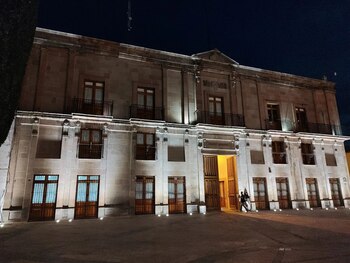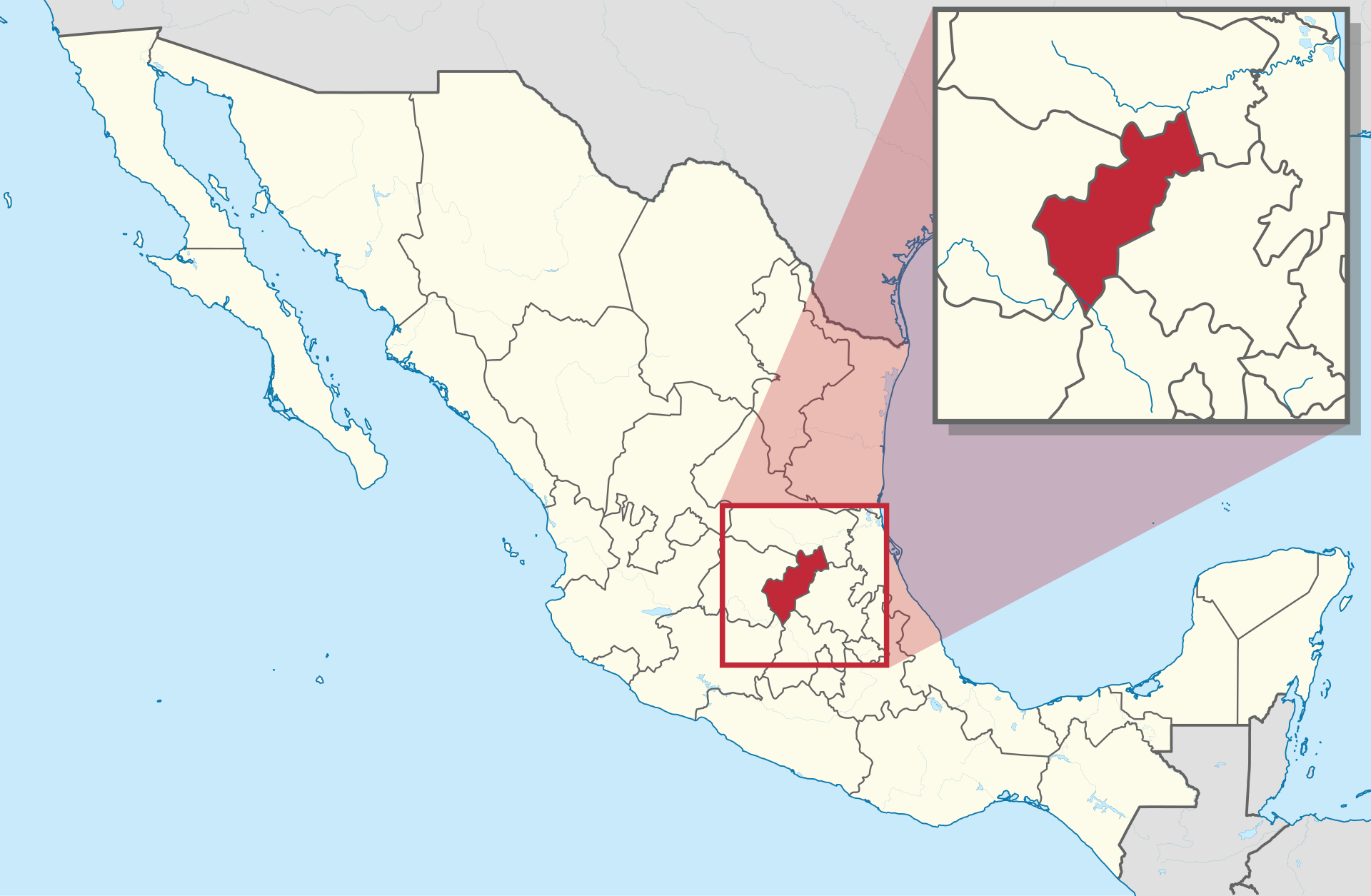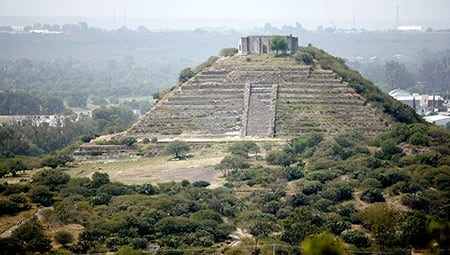
The Mexican Republic has great cultural, social and economic value due to the wealth that abounds in the 32 states that make up the national territory. Querétaro was not only the place where Emperor Maximilian of Habsburg was shot, it is also one of the most important metropolises in Mexico. According to an article by the Autonomous University of Querétaro (UAQ), it is one of the places with the fastest industrial growth, which is why it has been the favorite destination of many families who have decided to move away from the capital.
There are countless adventures offered by this site to new visitors, as apart from its legendary Historic Center and the Sierra Gorda Biosphere Reserve, there are 7 magical villages full of charm: Tequisquiapan, San Joaquín, Jalpan de Serra, Cadereyta de Montes, Bernal and Amealco de Bonfil.
Researcher Ricardo Jarillo from the National Institute of Anthropology and History (INAH) emphasizes that the name “Querétaro” is a Castilianization of the word purépecha crettaro which means “glen or ball game”. On the other hand, the National Institute for Federalism and Municipal Development (INAFED) points out that it can also be translated as “place of large stones or rocks”. In 2010, the name of the entity was changed from “Querétaro de Arteaga” to just “Querétaro”.

It should be noted that in 2011 the name of the state was chosen as the most beautiful word in the Spanish language thanks to the Mexican actor Gael García Bernal's proposal for the term in a competition organized by the Instituto Cervantes.
The origins of this place date back to 500 BC when the first Otomi and Purepechas groups arrived. Later, Chichimeca tribes arrived and there was also a presence of the Teotihuacan and Toltec culture. Likewise, remains of Olmec and Huastec inhabitants have been found. During the first settlements important archaeological sites emerged such as El Cerrito in Corregidora and the sites of Toluquilla and Ranas in the Sierra Gorda.
The Empire that guided the development of the region was the Purepecha, because they were widespread in most parts of the city. However, with the arrival of Hernán Cortes and the Spanish triumph, the territory passed into European hands thanks to an alliance between Nicolás de San Luis Montañés, a descendant of the kings of the Great Province of Xilotepec, and the Otomi chieftain Fernando de Tapia, better known as Conín.

It was in 1531, at the time of New Spain, when the state of Querétaro was officially founded, where names such as Juan Sánchez de Alaniz (who later designed the urban layout of the city) and Brother Jacobo Daciano, who was in charge of the evangelization process in the territory, also highlighted.
Specialist Ricardo Jarillo explains that the region was always key due to its wealth of natural resources and its strategic location that provided various commercial advantages. INAFED points out that for this reason, the first thing that began to be done was the search for “precious minerals such as gold and silver on important routes”.
Throughout the colonial period, the state was engaged in livestock, agricultural and textile activities. At that time important constructions also began, such as that of the aqueduct that is located in the state capital (Santiago de Querétaro), one of the symbols of the city. Likewise, in 1589 the Temple and Former Convent of San Francisco de Assisi was built.
Years later, the town would be the protagonist in the conflict of independence, as Corregidors Miguel Domínguez and Josefa Ortiz de Domínguez played a key role in the insurgent struggle, although later the entity was taken over by the realists and Querétaro's subversion was strongly affected.
Among the most outstanding historical events are the signing of the Guadalupe Hidalgo peace treaties, the publication of the liberal Constitution and the shooting of Maximilian of Habsburg. In addition, it became the capital of Mexico on two occasions. The first time occurred in the US invasion when the US army took Mexico City and federal powers moved to Querétaro. The second was during the Mexican Revolution under the decree of Venustiano Carranza.
Querétaro currently covers an area of 11,699 km² with 18 municipalities and has a total population of 2,368,467 inhabitants.
KEEP READING:
Últimas Noticias
Debanhi Escobar: they secured the motel where she was found lifeless in a cistern
Members of the Specialized Prosecutor's Office in Nuevo León secured the Nueva Castilla Motel as part of the investigations into the case

The oldest person in the world died at the age of 119
Kane Tanaka lived in Japan. She was born six months earlier than George Orwell, the same year that the Wright brothers first flew, and Marie Curie became the first woman to win a Nobel Prize

Macabre find in CDMX: they left a body bagged and tied in a taxi
The body was left in the back seats of the car. It was covered with black bags and tied with industrial tape
The eagles of America will face Manchester City in a duel of legends. Here are the details
The top Mexican football champion will play a match with Pep Guardiola's squad in the Lone Star Cup

Why is it good to bring dogs out to know the world when they are puppies
A so-called protection against the spread of diseases threatens the integral development of dogs



